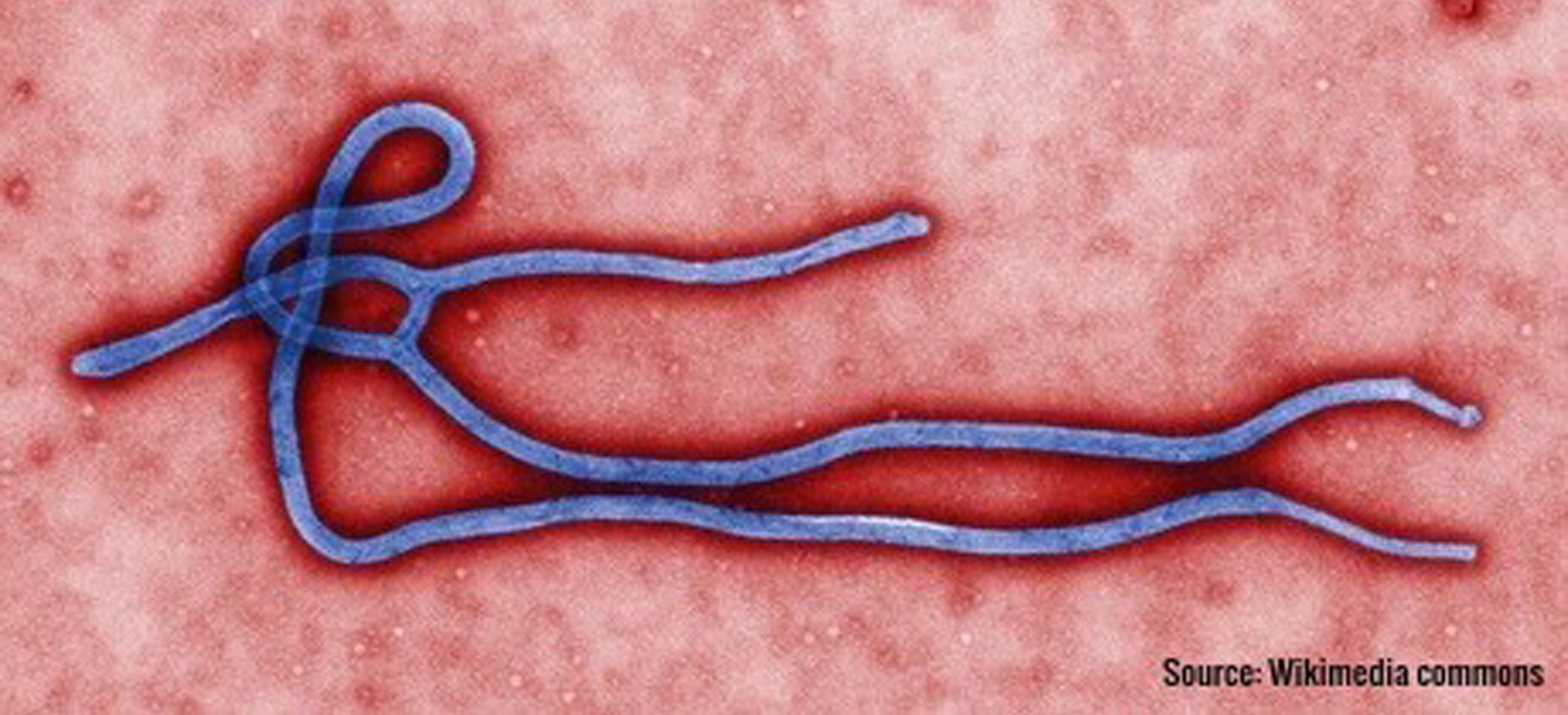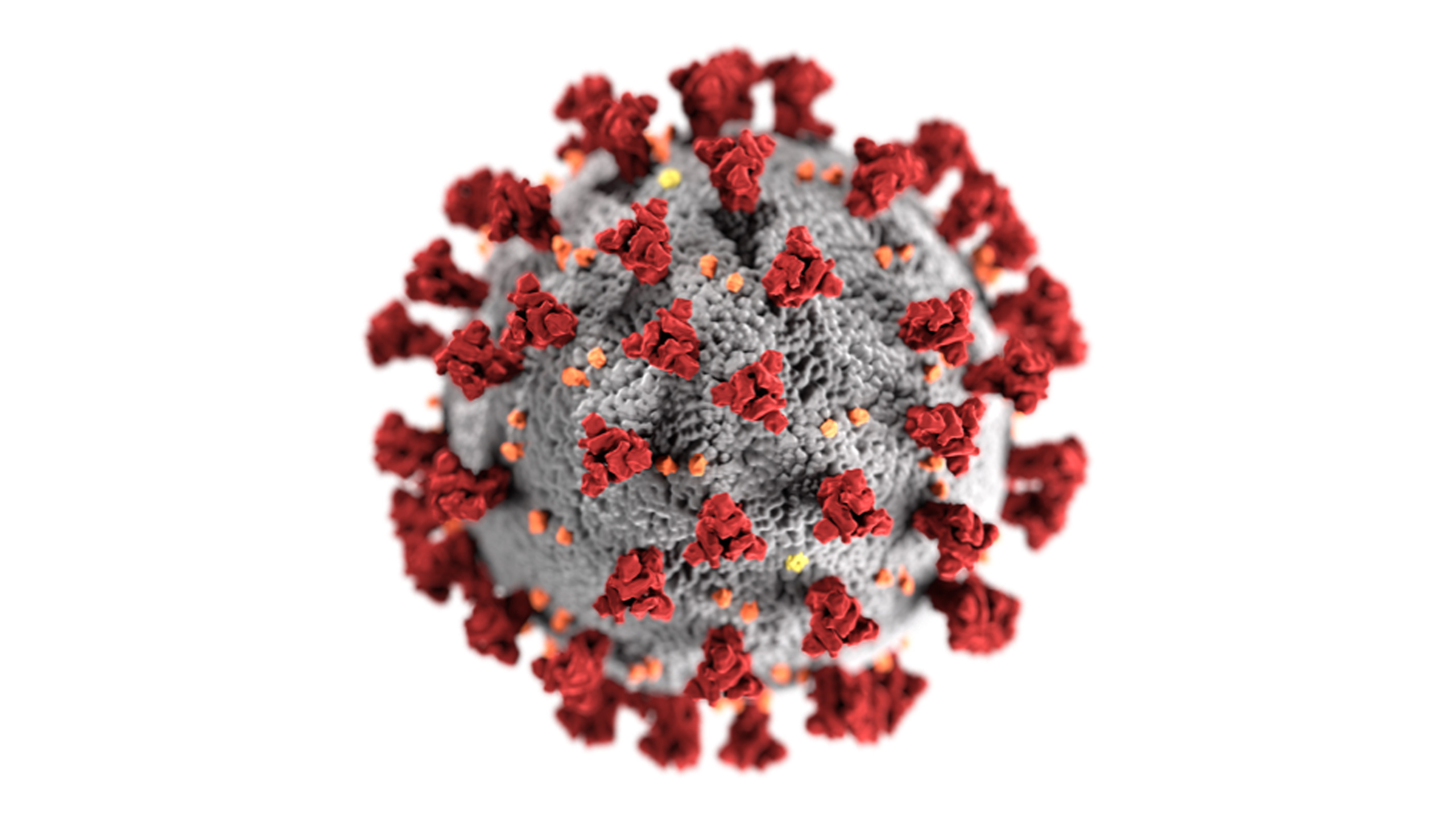Teaching in courses:
Bayesian Modeling and Molecular Evolution (BMME)
There are two areas of focus for our research: Evolution of pathogens, and Bayesian statistical modeling. We are interested both in the development of methods (in particular in the Bayesian framework), and in using the methods for analysing concrete biological problems and gaining basic scientific understanding.

An important angle for our work in pathogen evolution is to understand the role that evolutionary processes play in letting the pathogens escape immunity and drug treatment. We are also interested in the evolutionary processes surrounding zoonosis (what are the typical changes allowing a virus to jump to a new species, and how likely is it to happen?) and pathogenicity (can we for instance expect the pathogenicity of a virus to increase, decrease, or stay the same during a pandemic?). With experimental collaborators we currently work on e.g., Hepatitis C Virus (HCV), Influenza, and Corona Viruses. We are also involved in work on understanding the gut virome.
Our work with Bayesian modeling is used in a number of different contexts mostly related to health, including importantly work on asthma. One of the main interests we have is to understand the role of genetic interactions. It is widely assumed that most phenotypes are hugely polygenic - i.e. that the phenotype is determined by small influences from a multitude of genes.
One simple example of this is phenotypes that are determined by protein complexes or enzymatic pathways: mutations in any member of the pathway or complex will have an impact on the phenotype, and combinations of mutations will often interact (mutating gene B may not have any effect if gene A is already mutated, but will have an effect if it is not). Nevertheless there are so far very few verified examples of interactions in human disease. This is probably to a large degree caused by methodological issues - the number of possible pairwise interactions scales with the square of the genome size (cube for 3-way interactions, etc), so the problem rapidly becomes intractable to analyse exhaustively.
We have been developing Bayesian methods for detecting such interactions (relying in part on heuristic preprocessing steps to limit the space of possible interactions up front). We have been succesful in identifying some biologically plausible interactions that replicate in validation data sets, and now plan to expand this work along a number of avenues.
Group Leader
Anders Gorm Pedersen Groupleader, Professor Department of Health Technology agpe@dtu.dk


